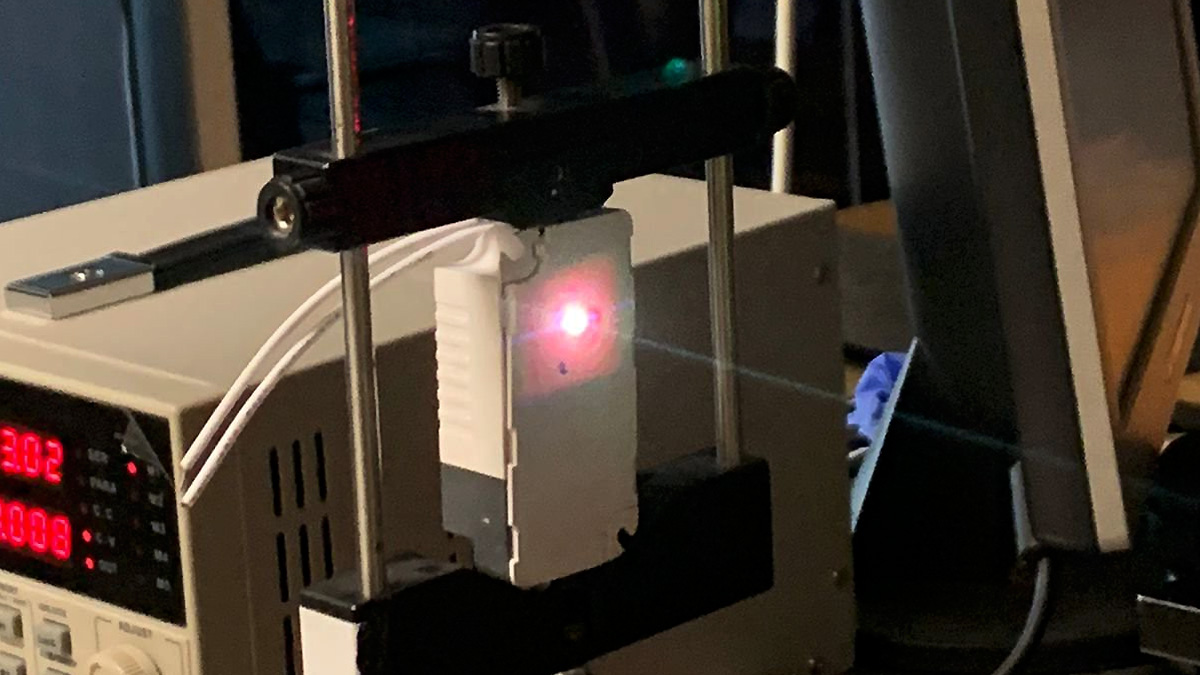
Akram Atallah is CEO of Identity Digital, a global leader in next-generation top-level domains and digital identity. There’s a burgeoning excitement surrounding augmented reality (AR) and its potential to revolutionize various industries—from entertainment, retail and gaming to healthcare, education and manufacturing. For those unfamiliar with AR, it’s a technology that overlays digital information onto the real-world environment through sophisticated algorithms and sensory input from camera feeds or GPS data.
Unlike virtual reality (VR), which creates a completely immersive digital experience, AR enhances users' existing environments by adding images or videos that can be experienced through smartphones, tablets or smart glasses. It allows users to interact with digital content in real time while still being aware of their surroundings—think Pokémon Go or Snapchat filters. But it’s not limited to just social media or gaming; brands across industries are embracing AR with open arms, building new forms of consumer experiences and generating excitement.
With nearly 92% of Gen Z indicating interest in AR-based shopping, it’s clear that AR is redefining customer engagement. Strategically incorporating AR into your brand's strategy means you can stay ahead of the curve, innovatively engage with customers and create memorable interactions that drive loyalty and growth. Here’s how brands can get in on the trend and leverage AR for a promising future.
Enhanced Consumer Engagement More and more direct-to-consumer brands are adopting AR to enhance the shopping experience, with the goal of AR features boosting conversions. Integrating AR technology into e-commerce platforms or mobile apps allows brands to offer customers the ability to virtually experience or "try before you buy." Who Went Home On ‘Dancing With The Stars?’ Semi-Finals Recap And Scores Trump’s Cabinet And Key Jobs: Linda McMahon Expected For Secretary Of Education, Dr.
Oz Picked For Top Medicare Role Judge Orders Prosecutors To Destroy Copies Of Diddy’s Jail Cell Notes: Here Is The Latest Sean Combs News For instance, Acura used AR to develop a racing game that reimagines the test drive experience and showcases its engineering prowess. Fintech brand Revolut used the tech to create AR experiences in various European cities that enabled people to see a giant version of the company’s metal Ultra card —and win a shot at a free year of Ultra membership. Interactive AR displays such as these give brands an opportunity to enhance interaction with their customers and potentially boost sales.
Location-Specific AR In addition to enhancing the online shopping experience, AR makes immersive in-person experiences possible. Looking to drive foot traffic? Try integrating AR into your brick-and-mortar experience through guided tours, interactive product displays or product packaging. A grocery store, for instance, could create an AR app that shows customers which products meet their dietary needs and preferences.
Putting more information at the customer’s fingertips could help improve and expedite their in-store experience. Even museums are embracing augmented reality by overlaying digital content onto physical exhibits to bring artifacts to life, offer additional context or information, and engage visitors more deeply. At the Smithsonian American Art Museum in Washington, D.
C., visitors can meet historical figures as they move through the building with a new AR game . Getting Started With AR When considering how you might use AR for your brand, it’s easy to feel overwhelmed.
From consumer education to experiential marketing, the options are endless. Consider selecting one specific use case to start with, be it advertising, a retail-specific campaign or employee training. To do this, evaluate what area of your customer experience could be potentially impacted by implementing AR, such as enhancing product visualization, creating interactive advertising campaigns, offering virtual try-on experiences, providing educational content or creating immersive in-store experiences.
Once you’ve decided which AR tactic to use, map out how you might enhance product visualization, create interactive advertising campaigns, offer virtual try-on experiences, provide educational content or create immersive in-store experiences. Finally, think about how you’ll inform customers about your new initiative. While the digital footprint of your established domain name is theoretically infinite, the volume of AR content could burden navigation on the site.
One practice I’ve encouraged is to use a landing page with a unique domain extension like .ar or .plus.
This way, you not only consolidate your AR offerings under its own TLD but also create a memorable entry point that can both protect your legacy domain and build equity in your AR brand. A Bright Future Ahead Overall, brands that embrace AR technology have great potential to create unique and engaging experiences that drive business results. Crafting an AR strategy can help industries stay ahead of the curve and shape the future of customer engagement.
So, whether you’re in retail, arts, gaming or something completely different, now could be the time to start exploring AR. Forbes Technology Council is an invitation-only community for world-class CIOs, CTOs and technology executives. Do I qualify?.














